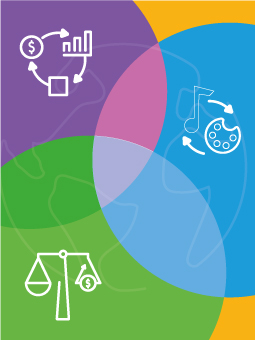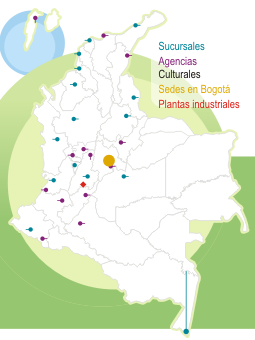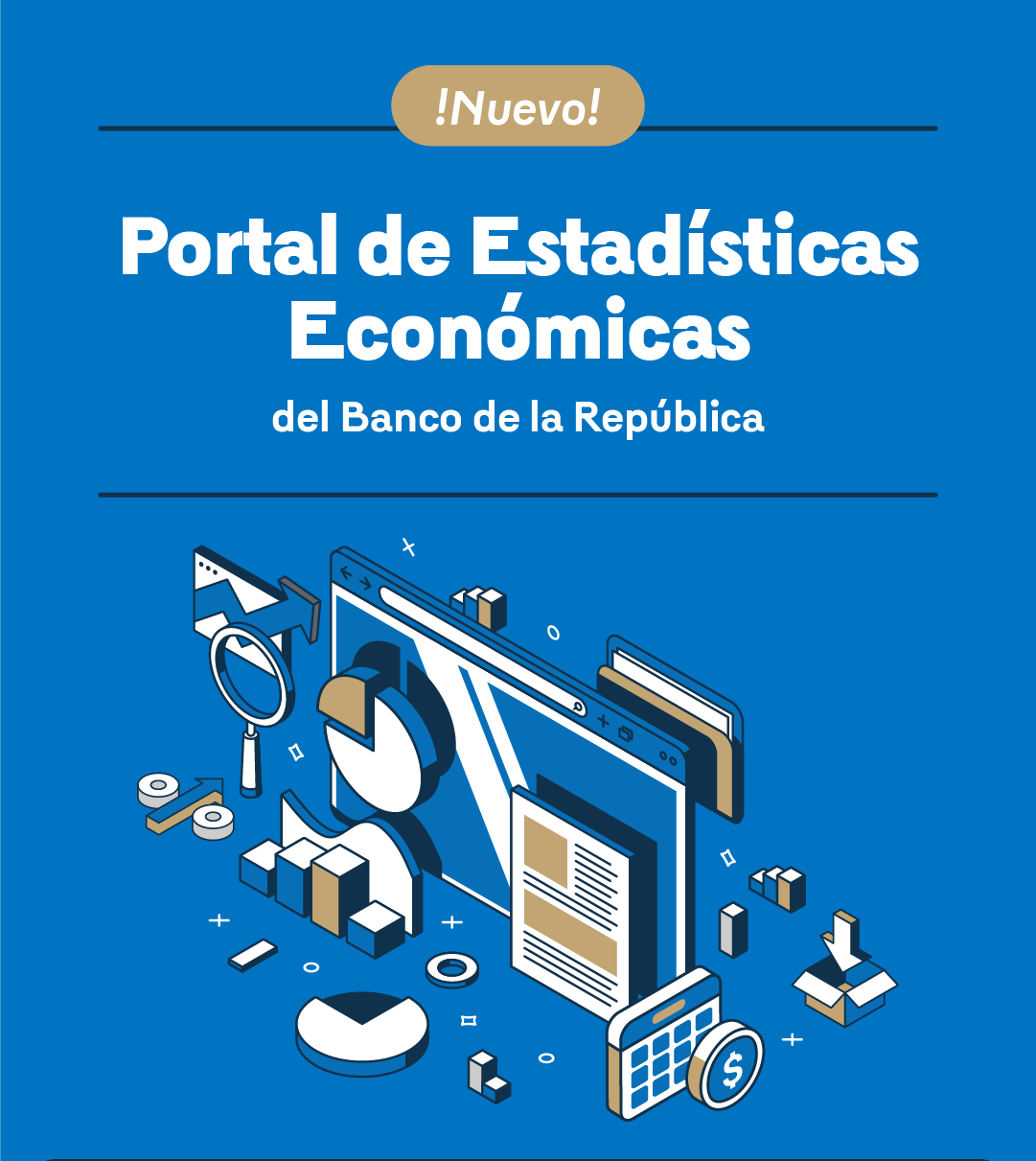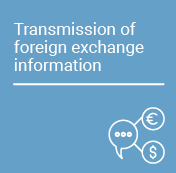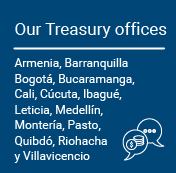Nowcasting Colombian Economic Activity: DFM and Factor-MIDAS approaches
The series Working Papers on Economics is published by the Office for Economic Studies at the Banco de la República (Central Bank of Colombia). The works published are provisional, and their authors are fully responsible for the opinions expressed in them, as well as for possible mistakes. The opinions expressed herein are those of the authors and do not necessarily reflect the views of Banco de la República or its Board of Directors.
The series Borradores de Economía (Working Papers on Economics) contributes to the dissemination and promotion of the work by researchers from the institution. On multiple occasions, these works have been the result of collaborative work with individuals from other national or international institutions. This series is indexed at Research Papers in Economics (RePEc). The opinions contained in this document are the sole responsibility of the author and do not commit Banco de la República or its Board of Directors.
Abstract
Economic policy decision-making requires constantly assessing the state of economic activity. However, this is not an easy task: offcial figures have significant lags, and the timely information is usually partial and has different frequencies. This paper applies two types of short-term forecasting methodologies (Factor-MIDAS and DFM) for Colombian economic activity involving information with mixed frequencies. We present a heuristic process to select relevant variables, and we evaluate the proposed models' fits by comparing them with traditional forecasting methodologies. Overall, DFM and Factor-MIDAS forecasts are better than those generated by conventional methodologies, especially as the ow of information increases. In times of COVID-19, the model with the best relative fit was the DFM.






